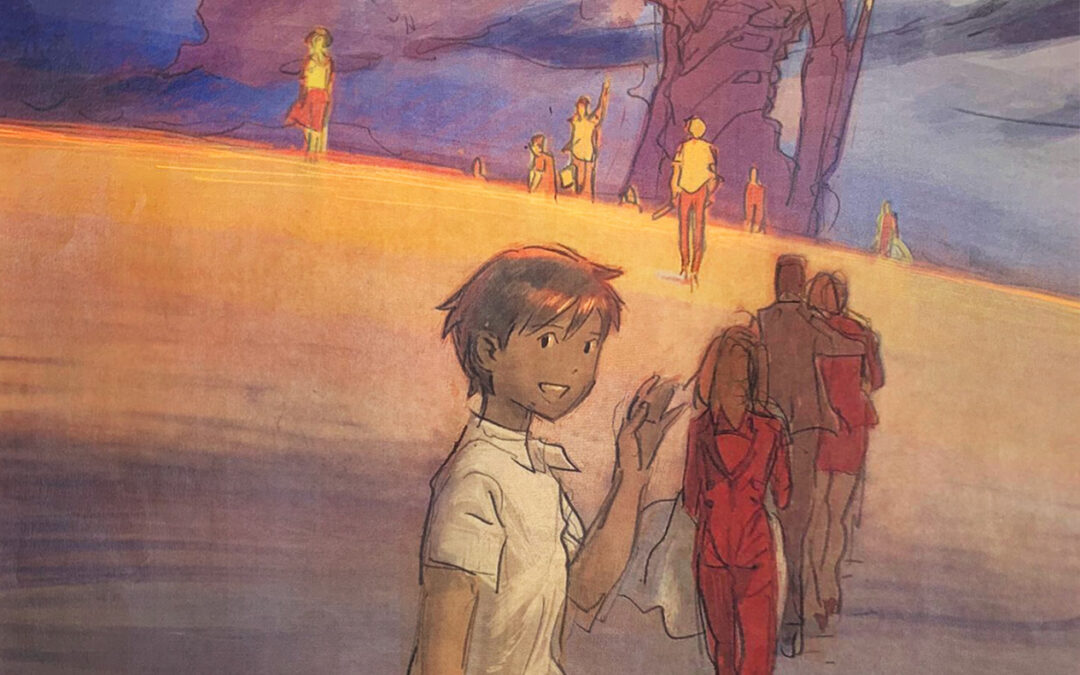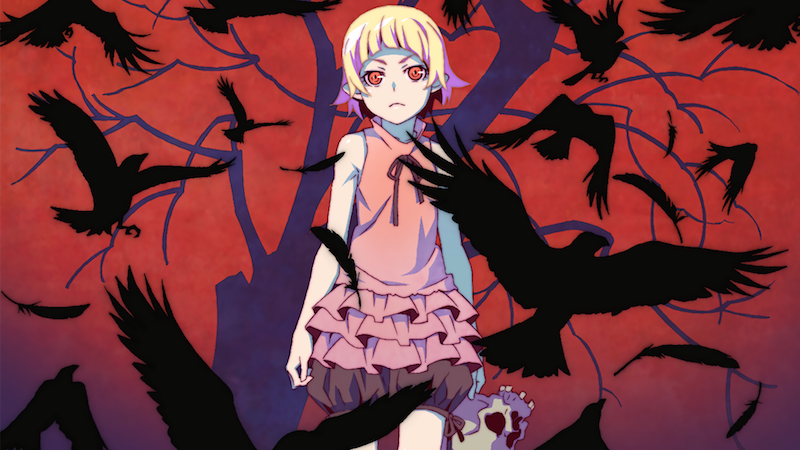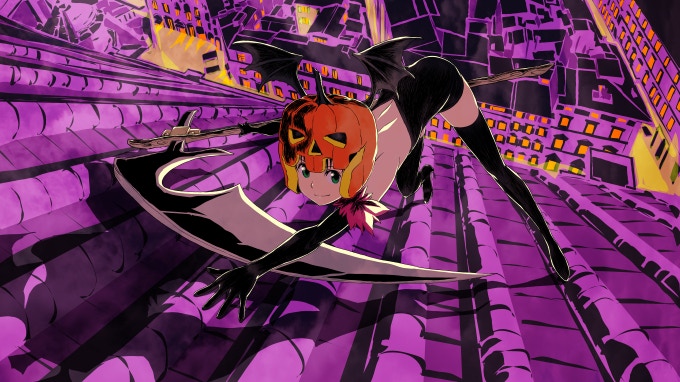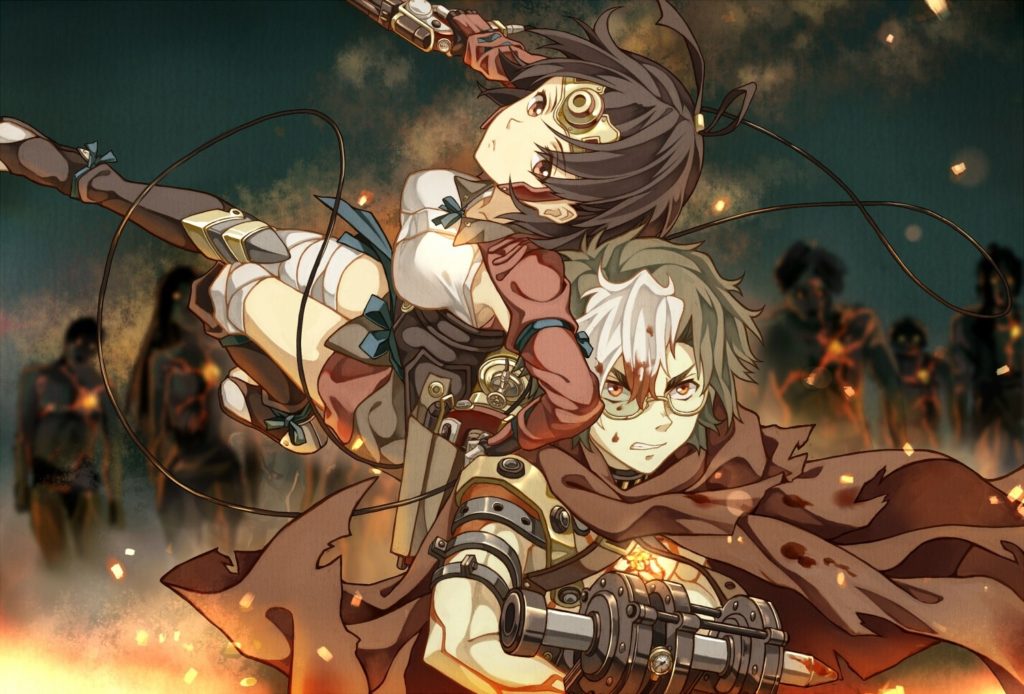While I was looking through some files, I stumbled upon the audio to this interview I did five years ago, in 2016, and realized I had never released it. Mahiro Maeda had come to France to promote Studio Khara’s 10th anniversary, and as such, I and a few other peers, such as Animeland’s Bruno De la Cruz, were able to meet him and ask him a few questions.
Known as one of the most handsome animators, a feature apparently rare enough for it to be a talking point, Mahiro Maeda has been working as a director on the Evangelion New theatrical releases alongside Hideaki Anno since Evangelion Shingekijoban Q and producing some beautiful settings and designs. His friendship with Anno goes back to his career start on Macross and the development of Daicon IV, which he talked to us about. After working on several Gainax works, he would eventually join Gonzo’s defectors, where he would direct his first anime series Blue Submarine nº6.
Like our content? Feel free to support us on Ko-Fi!
Around the same time you were working on Macross, you participated in the creation of Daicon IV. Can you tell us about how you met with the Osaka guys and the circumstances of you joining them?
Mahiro Maeda: In what order did that happen? Macross came before, right? While I was a student at Art College, I drew some doujinshi with my senpai, Evangelion Character Designer Yoshiyuki Sadamoto. Yamaga, who was a friend of Anno, saw it. He and his university friends wanted to do anime, but they didn’t know how to make professional anime. As they talked about looking for training, they came to Tokyo to visit the studio working on Macross. As work was tough, they were looking for help. By chance, Yamaga stumbled upon those doujinshi I made and asked if I’d want to lend a hand. I said I’d do it and started working part-time. At the time, Yamaga already had plans to do Daicon IV. He had the ambition to produce it independently, like a movie that would be the opening of a festival, but an anime instead. That was why he came to Tokyo, to know more about anime production. Because there were such ambitions, we became friends and decided to do it. I joined them instead of enjoying the college’s summer vacation.
While working on the Neon Genesis Evangelion TV series, you designed the 6th and 7th angel. Can you give us a rundown of your process working with Hideaki Anno?
Mahiro Maeda: Working with Anno is always the same. At first, you are given complete freedom over your work. While the canvas is still blank, you are free to create anything. As ideas get out of my head and are shown to him, he will focus on details and take control over the creation process.
You took part in the development of the Mad Max-related Furiosa anime, which was unfortunately canceled. Can you tell us more about your involvement in this project?
Mahiro Maeda: Mad Max‘s director, Mr. George Miller, wanted to reach as many people as possible. He decided on creating a media mix consisting of the Fury Road movie, an anime, and a video game. Because anime was gaining in popularity, George Miller wanted to ride that wave. That’s what led him to contact me. I went to Australia to meet with him, and we talked about the project, how we view the world, and the story the anime will tell. We were writing drafts for the script and drawing settings. We were advancing in that direction, but the shooting was tough, and there was also the question of budget. The distribution companies did not greenlight the project. We gave a presentation to Warner Brothers on what we wanted to do. What I wanted was for both projects to release simultaneously in theaters. On one side you have Mr. Miller’s film and on the other a movie telling you about who Furiosa’s character is. I wanted to do it as an anime.
Regarding Max, the events leading to the movie would be developed in a video game. If you experienced all three works through this triangle, you would understand this world globally. I wanted a theatrical release, and Mr. Miller was interested and gave his approval. That’s how we presented it to the distributors, but they answered that there wasn’t any market for it. They liked the story, they thought there was potential in it as a direct to video release or a video game, but it was too mature. Anyway, they said the market didn’t exist, that it couldn’t be shown on a big screen, and it stopped there.
The compositing of Gankutsuo reminds a lot of Gustav Klimt. Was this effect intended? Can you tell us why you decided to go with this aesthetic?
Mahiro Maeda: You’re right. That’s what I was going for. At the time, I was asking myself about the drawing process for animation. There were too many lines, and we would add more to add more details. But because we draw by hand, if we keep adding more lines, it becomes too difficult to animate. Since there is software that allows working on textures, I wondered if we could apply textures to the space instead of adding more lines to the drawings. That was the original idea. Then, while looking at Klimt’s paintings, it reminded me of traditional No theater. You have these textures taking up a lot of space, and expressions are carried through the hands and the faces, which look like masks. I wanted to try to express myself in a similar fashion.
It’s also from that point I decided to stop working with spaces in mind. Before Gankutsuo, I used to try to direct animation as one would direct movies. I would imagine the space and decide on the camera’s point of view in it. But for this work, I wanted it to be flat as if you would look at a stage and let the colors and textures express themselves.
You have worked on The Animatrix, Animator Expo. Are there advantages to working on Omnibuses?
Mahiro Maeda: Omnibuses are very interesting to work on. For The Animatrix, there already were some famous creators appointed to it. While working on it, I would ask myself what the others were doing and have a look. That was a very stimulating environment. The conditions for the Animator Expo were very similar.
Your friend Hidenori Matsubara once said an animator sometimes needs to have little freedom to be most efficient. As an animator, do you share this opinion?
Mahiro Maeda: As I was saying earlier, on Gankutsuo, we tried to delete lines as much as possible. We got to a point where we scared ourselves. Still, Mr. Matsubara did the Character Designs for the characters under such constraints. Since he was able to work under these conditions, I understand why he thinks that, and I respect his opinion.
Are there any animators you consider have impacted your training that you think as your master maybe?
Mahiro Maeda: As I said before, I started my career on Macross. But I did learn a lot while working on Nausica under Mr. Miyazaki. As we heard that Nausicaa would be made into a movie, Anno came to see me. He said, “You wanna do it right? You wanna do it, right? Let’s go, let’s go! Let’s do it! Let’s do it!” and after some pushing, asking “Please use us !” and we were eventually accepted. The best thing about it is that Miyazaki worked in a big studio. He was working on a film of Little Nemo with Isaho Takahata. The original story is by Winsor McCay. But the project was canceled, and they lost their position. As they were talking with a former Toei producer, Mr. Hara, they joined a small studio called Topcraft and were able to do Nausicaa there. The whole process was happening on the same floor, the planning, the drawings, the filming. It was small, but it was nice being able to watch the whole process. It was very instructive. I don’t know how Miyazaki feels about our relationship, but I consider him my master. He may not feel the same way, though.
Have any works caught your interest lately?
Mahiro Maeda: I watch some new stuff coming out, but I also like to watch older anime. I have already seen them as a child, but now that I watch them as an adult, I’m able to appreciate aspects I did not understand back then. For example, with Heidi: A Girl of the Alps, I felt beaten down at the end. There’s also the first Gundam. It might look a bit old, but the story is so deep, and there is a lot of meaning in the lines. Because I am an adult and have kids now, I look at it with another lens, and I think I understand its intent better.
Like our content? Feel free to support us on Ko-Fi!
You might also be interested in
Behind the Monogatari Series – Akio Watanabe
While attending the German convention Connichi in 2016, I had the chance to meet with Character Designer and Animation Director Akio Watanabe also known as Poyoyon♥Rock. Mostly known for his work as a Character Designer on the Monogatari Series, he also worked on...
Halloween Pajama and indie anime – Interview with Yasuhiro Irie
While you might not recognize Yasuhiro Irie's name, you probably know the shows on which he worked. Be it critically acclaimed Fullmetal Alchemist Brotherhood which he directed, Soul Eater's first Opening animation which he storyboarded and animated all by himself...
WIT Studio’s creative process – encounter with Tetsuro Araki
In the fall of 2016 WIT Studio animation-staff, Tetsuro Araki and Yasuyuki Ebara came alongside animation producers Nakatake Tetsuya and Maiko Okada in order to promote their latest anime, Kabaneri of the Iron Fortress. Tetsuro Araki is a well-known anime director...





The first Q/A pair seems a bit messed up. Which part is the question?
Can you please give me more details about what the problem is so I can fix it?
All questions are in bold, and the first question is “Around the same time you were working on Macross, you participated in the creation of Daicon IV. Can you tell us about how you met with the Osaka guys and the circumstances of you joining them?”
Mr. Maeda’s answer is:
“Mahiro Maeda: In what order did that happen? Macross came before, right? While I was a student at Art College, I drew some doujinshi with my senpai, Evangelion Character Designer Yoshiyuki Sadamoto. Yamaga, who was a friend of Anno, saw it. He and his university friends wanted to do anime, but they didn’t know how to make professional anime. As they talked about looking for training, they came to Tokyo to visit the studio working on Macross. As work was tough, they were looking for help. By chance, Yamaga stumbled upon those doujinshi I made and asked if I’d want to lend a hand. I said I’d do it and started working part-time. At the time, Yamaga already had plans to do Daicon IV. He had the ambition to produce it independently, like a movie that would be the opening of a festival, but an anime instead. That was why he came to Tokyo, to know more about anime production. Because there were such ambitions, we became friends and decided to do it. I joined them instead of enjoying the college’s summer vacation.”
Hm, looking closer the problem is on my end with uBlock. uBlock somehow deletes the entire question/paragraph after the ‘Kofi’ donation link, but does not delete the Kofi block itself (so I didn’t suspect adblock would be involved at all, I thought it was some mistaken bolding and the correct version was the interviewer asking “In what order did that happen? Macross came before right?” and then Maeda starting his answer at “While I was a student”). Weird.